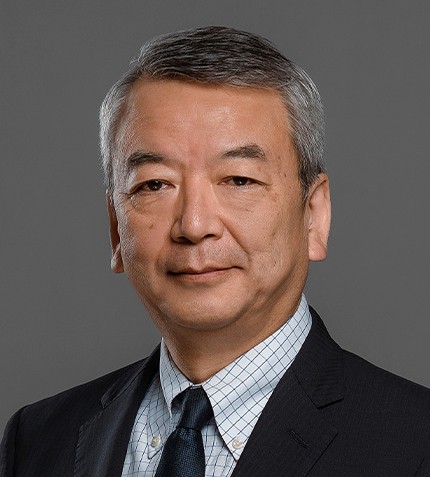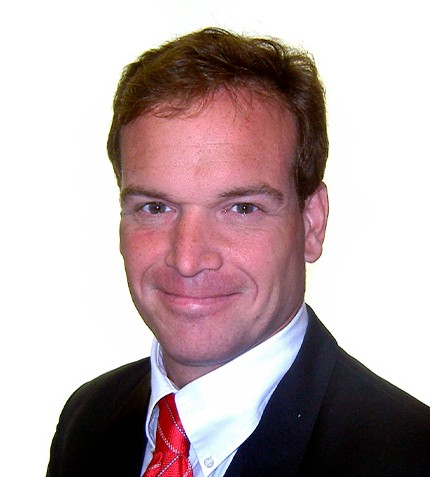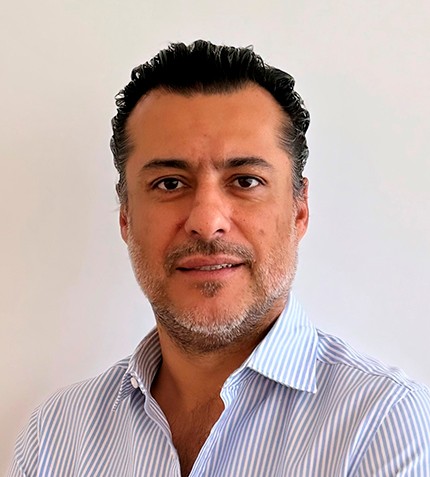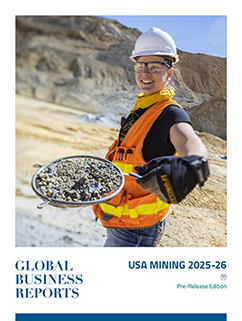
"The financial capacity of Mongolia’s local commercial banks has improved significantly in recent years."
Norihiko Kato
CHIEF EXECUTIVE OFFICER, GOLOMT BANK
Could you introduce Golomt Bank and its performance in recent years?
Golomt Bank is the third-largest commercial bank in Mongolia in total assets. Golomt Bank grew mainly as a corporate bank, but in the last six years, we have diversified our business portfolio well across corporate, SME, retail and mortgages. In 2017, an asset quality review (AQR) by the Bank of Mongolia (the regulator) identified problem loans that were not properly addressed. It took us almost five years to solve the problem assets issue and achieve a comprehensive balance sheet clean-up. We returned to profitability in 2022 and completed IPO on the Mongolian Stock Exchange. We started 2023 with robust capital and we are now ready to fulfill our growth story as one of the country’s largest banks.
As a diversified financing partner, what growth opportunities is Golomt Bank tapping into today?
In 2016, corporate loans occupied nearly 50% of our portfolio, it is now 30%. SME transactions and consumer transactions grew faster than corporate loans, and our diversified portfolio now closely reflects Mongolia’s banking system’s average. Golomt Bank wants to position itself as a fully-fledged commercial bank that support customers and grows together with the Mongolia’s economy.
What is the lending environment in Mongolia like today?
Before the pandemic, interest rates, inflation, and the foreign exchange rate were stabilized, but the pandemic gave way to more monetary easing and fiscal support for small businesses and individuals. As a result, inflation hit a peak of 16% in June 2022, the highest since 2008; this prompted policy interest rate to more than double from 6% to 13% in 2022 alone. In July this year, the inflation rate returned to single digits at 9%, but it is back again now at 10%. With the Chinese border reopened after the closure due to Covid-19 and coal exports reaching an all-time high, the country’s foreign reserves recovered and the FX rate stabilized. Whereas the Central Bank continues maintaining a tight monetary policy, fiscal policy is (contradictorily) expansional, especially as we walk into an election year in 2024 where spending tends to go up, and the national budget braces for another deficit. This is somewhat concerning.
What is the ability of Mongolia’s banking sector to finance large developments in mining, infrastructure, and energy?
The financial capacity of Mongolia’s local commercial banks has improved significantly in recent years, but the size of each bank is still relatively small to serve large-scale projects, which are usually better suited for foreign investors.
What are the main priorities at Golomt Bank for 2024?
One priority is digitalization. Sustainability is another important priority on our agenda. We want to increase our green finance loans and develop stronger ESG risk management and practices. We implement ESG criteria in our loan allocations and we would not support any social or environmentally harmful activities. Finally, another area of focus is accountability as a listed company.
Financing coal projects has become a controversial issue around the world. How do you reconcile your drive to increase sustainable financing with coal financing?
Golomt Bank is supporting coal companies, while other international banks have stopped lending to coal-related businesses. There is a prevalent misconception that mining emits the most GHG, yet 80% of our exports go to China and the majority is actually coking coal, a raw material for steelmaking. That means, most of our coal is burnt in China, becoming part of China’s GHG emission rather than Mongolia’s, under the Paris Agreement definition. This is the same as Norway exporting oil, which is burnt in other parts of the world, whereas Norway remains one of the greenest countries. We did a study to identify the biggest GHG emission contributor in our business portfolio and it turned out it is the transportation sector. So, one area of work we need to focus on is the replacement of polluting equipment with cleaner machines such as electric and making mining operations more efficient. Investing in a boiler replacement which reduces GHG emission by 20% or more counts as a green investment. If our customers invest more in new facilities and technologies to decarbonize their operations, they can attract more investment. For that reason, we would like to support customers seeking green financing.










